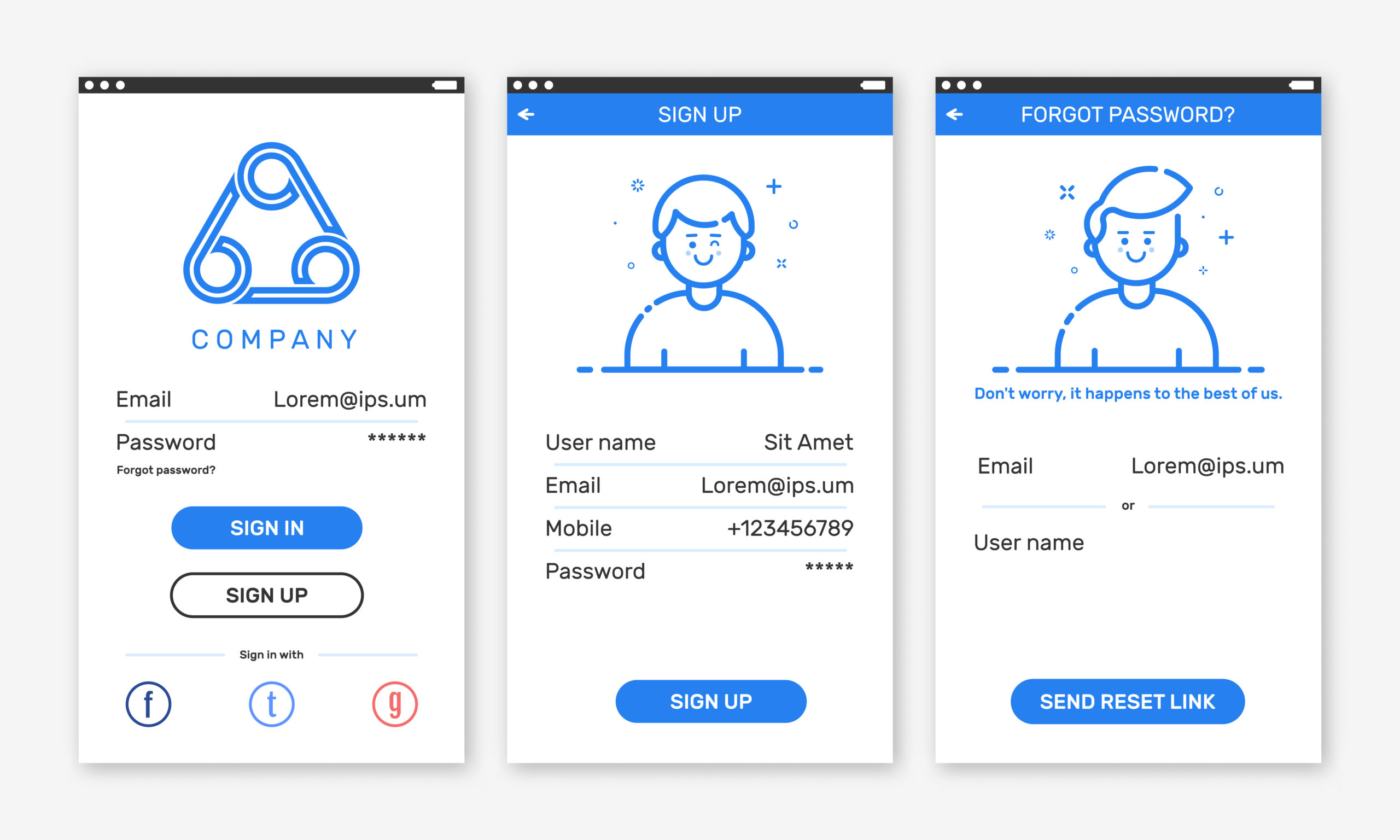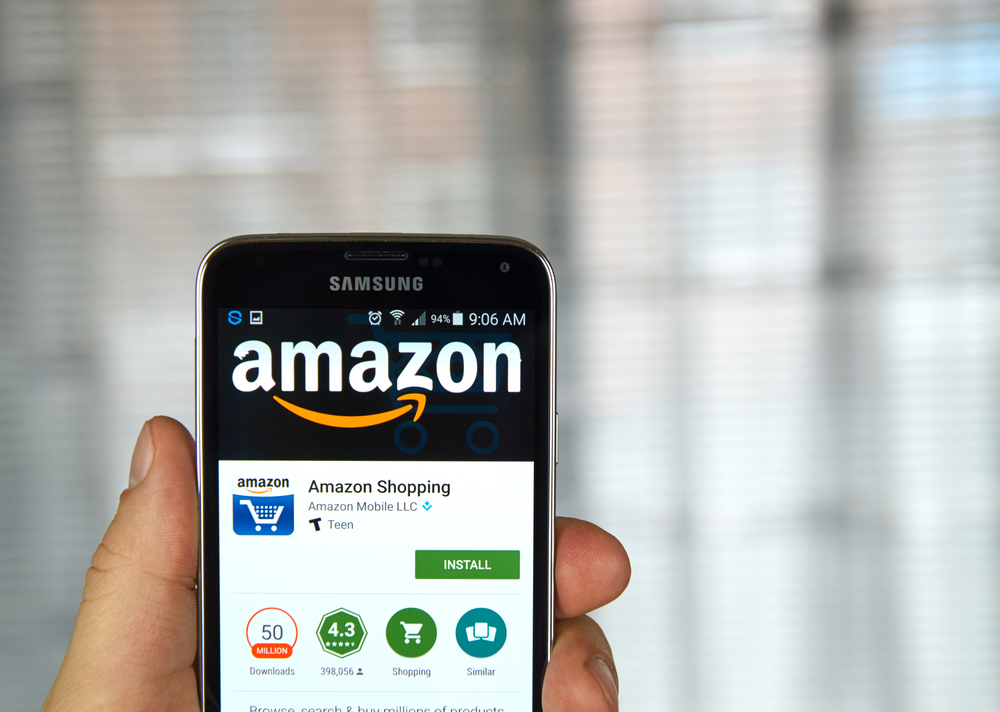The “Big Data” trend is nothing new to anyone who has worked in the tech industry over the last ten years. Having heard about something, however, is completely different than understanding it. Companies are now capturing mobile app analytics at every turn and keeping a running tally of everything from app downloads to how many times someone sneezes while using their app (not really, but it’s not that far off).
However, all that data means nothing to your company unless you know how to analyze it. In this article, we are going to review 3 mobile app analytics and how to use them for your app’s overall success.
App Downloads
Before we get into our list, I wanted to say something really quickly about app downloads. People who want to advertise their mobile app analytics almost never look past the most obvious one, app downloads. In reality, the app download metric is not as helpful of a metric as you might expect.
Considering the fact that more than 20% of apps that are downloaded are only used once, app downloads as a standalone metric is not helpful. In order for your mobile app analytics to be truly valuable you need to look at things like first-time user drop-off points, user sessions, and more that we will look at next.
As we go through this list, the most important word to remember is actionable. Be thinking, “Are these analytics actually something I can take and use for a specific action to improve my app?” Do that and you will be much more successful.
Now, let’s get into the list.
(1) Active Users

Like app downloads, daily active users (DAU) has been one of the most wrongly used mobile app analytics. In reality, DAU as a metric doesn’t have any actionable meaning to your company. The reason for this stems mainly from two problems that DAU has:
- If your daily active users numbers start falling, you have no idea why. It’s not actionable and can be a false warning sign.
- There is no industry consistency. When companies talk about their DAU metric, there is no real way to fully understand what that number means because everyone calculates it differently.
Some companies might count daily active users as customers who open spend more than 5 minutes in their app. Others will count a user for simply opening the app. Some companies may only need their user to open an adjacent app to count as a DAU. As you can see, with so much manipulation happening, there is no way you can rely on this metric for creating an actionable plan.
Turning your DAUs into ADUs
Now, while daily active users are not a reliable statistic, average daily users (ADUs) eliminate some of the problems found with DAUs. When you average out how many users are working with your app on a daily basis, you will have a more realistic idea of how many regular users you have.
It’s not about your daily users, it’s about regular users who create value and are active on your app. These are the users you want to focus on. Now, you may be asking how understanding ADUs can be an actionable metric for your business, but the honest truth is that they aren’t actionable in and of themselves.
ADUs are better than DAUs, but none of these mobile app analytics and metrics exist in a vacuum. In order to take your analysis from good to great, you need to have your metrics working together to fully understand your users. A powerful way to that is by measuring something called sessions.
(2) Sessions
Sessions are how long someone is in your app, actively using it, from open to close. Just like with daily active users, there are no set benchmarks on how long a session should be for it to be valuable because it is going to vary depending on the purpose of the app. While 90 seconds may be more than enough for someone to check their bank account, that’s not enough time to listen to an entire song or find a concert ticket.
Once you have a good understanding of the optimal session time for your app, then you will be able to start tracking more actionable metrics like when users (especially first timers) are dropping off. Something else that might vary by industry, but that is still important to track, is how many sessions it takes for a user to convert. If you are expecting conversion on the first session and your average is closer to three, it might be time to do some digging.
First-time user drop-off points

Like we mentioned at the beginning, downloading an app is only half the battle. Actually onboarding a user and guiding them to a conversion is what takes time and a calculated approach to fully perfect.
Before we talk about ways to reduce this number, let’s first review a few reasons why your first-time users might be abandoning the app.
- Tried to force the user to register or login too soon in the process.
- Too many steps to complete a task or too many on-screen distractions.
- The performance of the app was subpar.
However, don’t be afraid of losing these first time users. The advantage that apps have over websites is you know exactly who is looking at your app and have the ability to bring them back so that you don’t lose that user.
Tracking your drop-offs is important, but it is only the first step. Once you see a trend, you will need to have a specific and targeted approach to reengaging that user so that you can try again to achieve the conversion (unfortunately we don’t have time to cover that in this article).
Event tracking
Similar to tracking drop-offs, event tracking is a mobile app analytics tool that will help your app to continuously be improved by seeing which features your users are enjoying and which ones they are ignoring. If you are unfamiliar with the term “event in relation to mobile apps, an event is basically any time a user has an interaction with a part of your app.
A very common event that many are familiar with is when a pop-up happens within the app that says something like “Enjoying the app? Rate your experience in the app store!” While this can often be annoying, if even 10% of the users on that app leave a review, it will be worth it.
Make sure that your development team is tracking each event within each feature of your app so that when it comes time for the next update, you will be able to look at which events are converting and which events are being ignored. Leave the ignored events on the cutting room floor and move on in the direction that your users are telling you to go.
Total user time in App
Understanding not only how long each user session is, but their total time within your app is an important metric to keep an eye on. Again, this mobile app analytic can have the appearance of good results but might actually be telling you where to improve performance.
For example, if someone spends a few hours in your app in the same day, but you know that your optimal session time is somewhere around five minutes, it may be that the app is running slow or creating problems that take more time than they should.
This is another reason why tracking every step of the user experience is so important, because the last thing you want is a metric that you don’t understand or can’t explain. Even if things aren’t working well, knowing there is a problem and where it is will be exponentially more valuable to you than having a problem you can’t find the source of.
(3) Funnels
Now that you have a better understanding of who your active users are, how long they are spending in your app, and which events they are interacting with, now it’s time to add some funnels and start converting these users. Funnels are essentially splits in the road, where users are prompted to make a decision on if they are going to go further or stay where they are.
We already talked about first-time drop-off rates, sometimes called the onboarding funnel. In this funnel, users have made the decision to download your app but haven’t signed up or fully completed the onboarding process. However, let’s talk about two other important funnels you need to understand: the in-app purchase funnel and the campaign funnel.
The in-app purchase funnel

Many mobile apps have some form of in-app purchase or micro-transactions that can occur in order to access premium content, place an order, or even add another life in a game. Usually, whatever they might be, these micro-transactions can be a great way to make your app profitable, so they need to be measured.
As an example, let’s use a gaming app as an example and lay out the steps of the in-app purchase funnel.
- Click “add more lives.”
- Select amount of lives with corresponding dollar amounts.
- Add payment information.
- Complete purchase.
In a funnel like this, you are going to want to track every step of the process so that you know where to improve. For instance, if you see a major drop-off in users after the step 3 where we ask for payment, you might want to rethink things. A few ideas here could be:
- Store their payment information in your app to make payments easier.
- Allow users to make in-app purchases with their Apple or Google play accounts to get rid of this step altogether.
- Display a security warning or badge to instill confidence in your users.
What you choose to do as a solution is completely up to you. The most important thing is measuring your performance and comparing it with past results to make sure you are moving forward.
The campaign funnel
While the in-app purchase funnel is going to basically always be there, campaign funnels are designed for limited-run campaigns targeting specific goals. For instance, if your company is starting a new email marketing campaign and you are trying to boost support for your newsletter, you can have a page on your app where you can ask for signups.
As an example, here is the list of steps in such a campaign funnel:
- Click “Contact Us” button
- Select type of information you want to receive.
- Enter email address.
- Complete form.
In this funnel, same as before, you can analyze which step has the most drop-offs and try different methods to improve performance. However, keep in mind these campaign funnels will typically have a quicker turn around and work within a smaller time-scale, so be ready to make changes as they come.
Put it all together
As we have discussed throughout, the best way to ensure that you are taking full advantage of your mobile app analytics is by combining them all into their own metrics which can be measured and tracked based on certain behaviors.
Every app and company will have different goals, but now that you have a better understanding of the basics of each analysis and its purpose, you will be able to create your own metrics for success.
Get the full story here:




